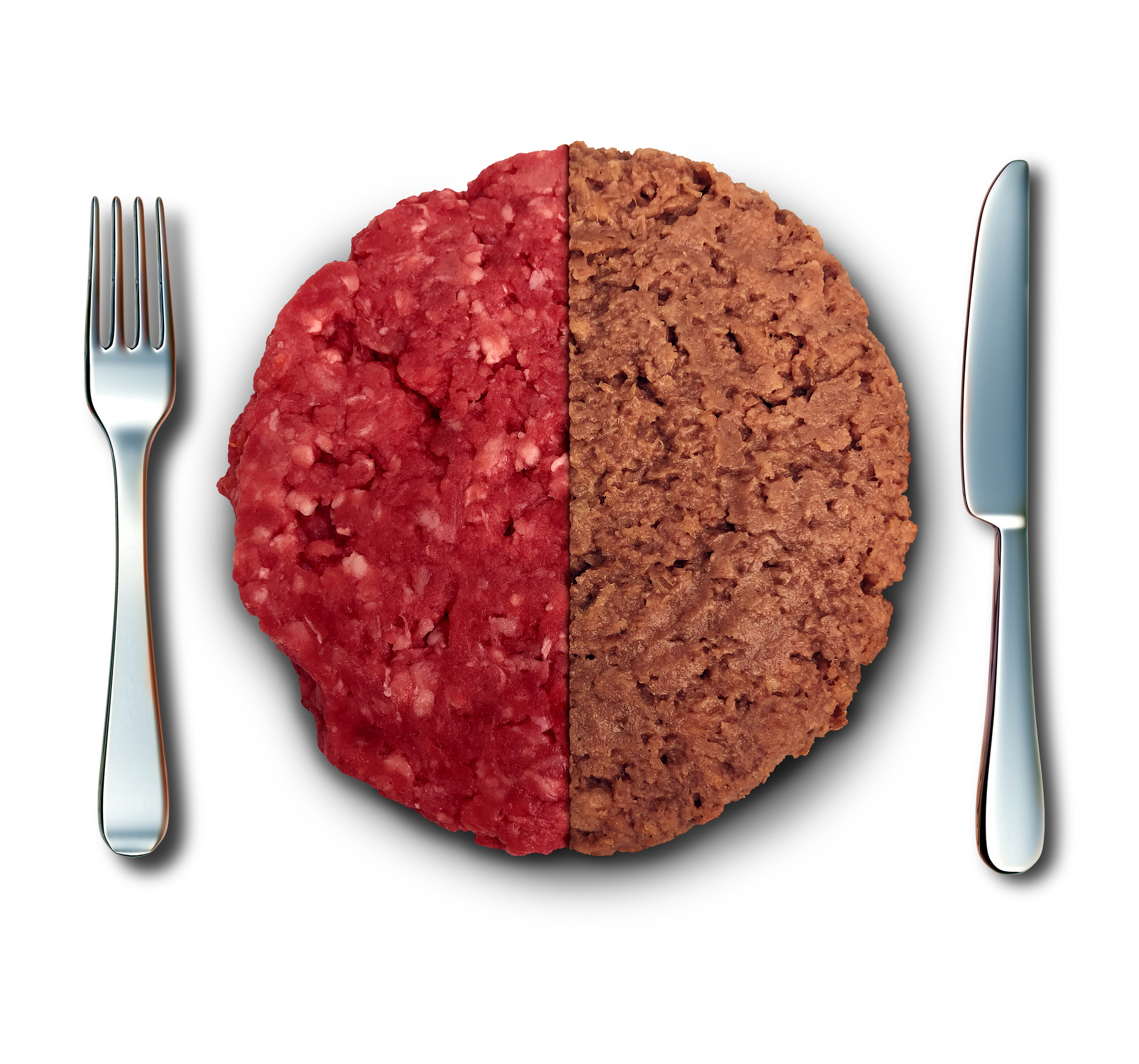With so many new choices, do consumers know about the protein they are eating? New legislation in Olympia would try to address meat production concerns by defining what “meat” is.
Bipartisan legislation in both the House (2696) and Senate (6329) seeks to define meat, poultry, and fish as coming from the carcass of an animal in accordance with federal meat inspection guidelines. Additionally, the legislation requires food labels to denote if a product is an “analog meat product” identified with terms such as “vegan,” “plant-based,” “made from plants,” or similar terms.
In the current consumer climate, where consumers know a little about food production but have been lead to believe they know a great deal, legislation that offers a “more is more” approach to consumer information is beneficial for everyone in the supply chain.
Washington would join 25 other states around the country which have enacted similar legislation.
For an example of a “more is more” information approach, this side-by-side comparison of the nutritional content of prepared patties from the banking group Barclays highlights a few interesting pieces of information.
The plant-based patties both have 5 and 9 grams respectively of carbohydrates, compared to traditional beef patties, which have none. Both plant-based patties also have significantly more sodium – 380 and 370 mg – versus their beef counterparts – 230 and 85 mg – while offering comparable amounts of protein 20 and 19 grams for the plant-based patties and 20 and 25 for the beef patties.
Proponents of plant-based patties say a plant-based diet will “save the planet from climate change” but experts say the conversation is more complicated than “Meatless Mondays” or livestock flatulence and burping. When comparing real milk to almond milk, the carbon footprint of dairy cattle is greater than that of an almond tree. However, when comparing water use, dairy cattle use much less water than the almond tree.
Finally, as new products emerge, there are always questions of food safety. The Federal Meat Inspection Act “requires that all meat sold commercially be inspected and passed to ensure that it is safe, wholesome, and properly labeled.” The inspection includes random testing of carcasses and a USDA inspector must be present at all times during slaughter operations at all facilities in the United States. New alternative proteins are still an inspection hot potato, with the USDA and FDA signing a memorandum of understanding sharing the inspection process in different stages of production.
Food producers are not in the business of telling consumers what they can and cannot purchase and eat. Food producers are in the business of giving consumers options that satisfy their needs and desires for healthful, plentiful foods. The best way ranchers and farmers can do that is by providing consumers with clear choices.
As the market changes, ranchers and farmers need to recognize that proteins – animal-based or alternative – are still supporting agriculture and the choice should be up to the consumer once the finer details of what is what are laid out.




